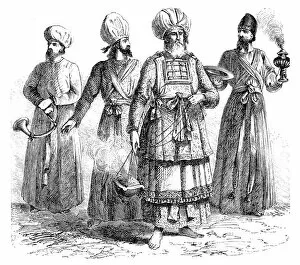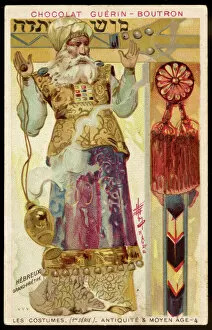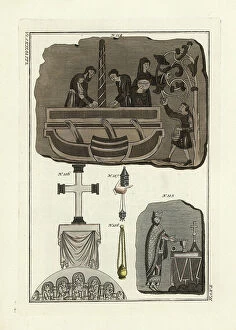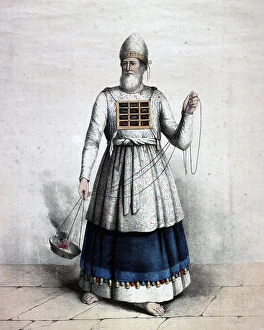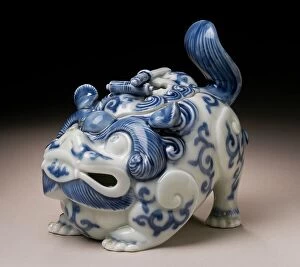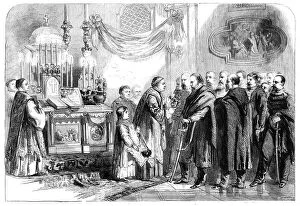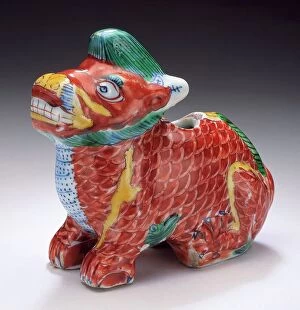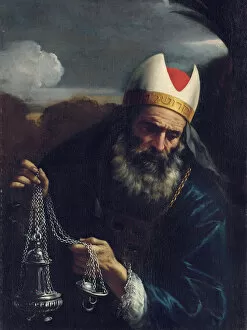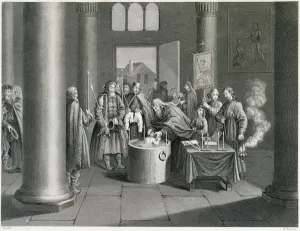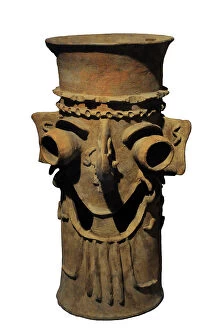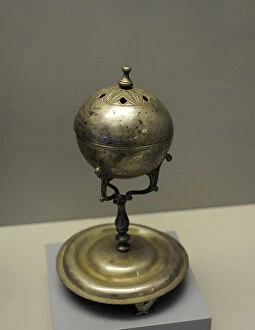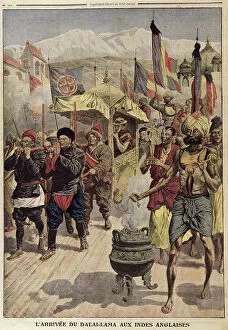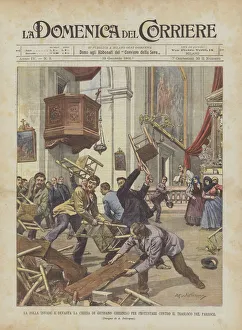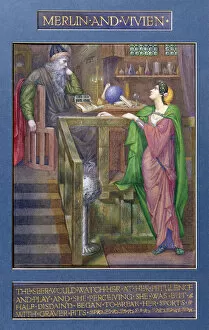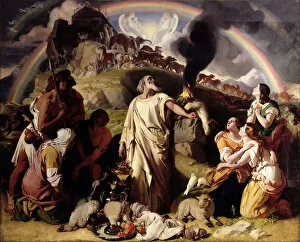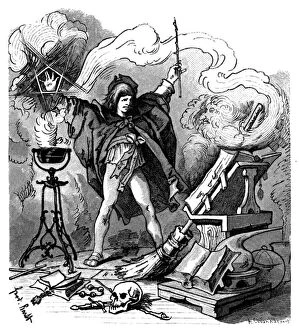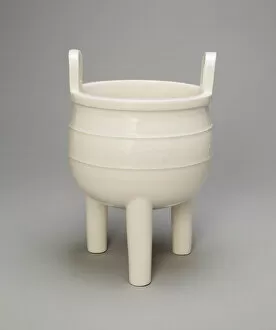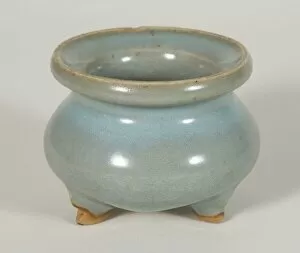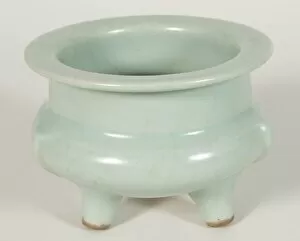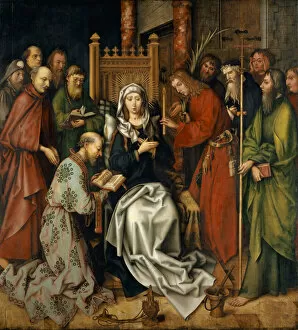Censer Collection
The censer, a significant symbol in various religious practices and historical events, holds great cultural and spiritual importance
All Professionally Made to Order for Quick Shipping
The censer, a significant symbol in various religious practices and historical events, holds great cultural and spiritual importance. Used by priests, high-priests, and Levites alike, this ornate object plays a vital role in rituals around the world. In ancient Hebrew traditions, the censer was an essential part of the costume worn by men serving as Hebrew priests. Adorned with intricate designs and often made of precious metals such as silver or ceramic like the image of Tlaloc on one particular censer from Argentina dating back to the 19th century. During World War I, even cartoons depicted "The Censor at Work, " highlighting how censorship affected society during times of conflict. The power held by those who controlled information was evident in this satirical portrayal. In biblical artistry, Aaron is frequently depicted holding a censer as he served as High Priest for the Israelites. This oil on canvas painting captures his sacred duty within their religious ceremonies. Across different cultures and religions worldwide, incense burners known as thuribles are used during worship services to release fragrant smoke into the air. These beautifully crafted vessels enhance spiritual experiences through scent and visual aesthetics. Historical moments were also marked by the presence of a censer. An illustration from Le Petit Journal showcases "The arrival of the 13th Dalai Lama" in India during March 1910. This colorful lithograph depicts an important event that shaped Tibetan history. Artistic masterpieces have also immortalized scenes involving a censer. One such example is found in "The Adoration of Mystic Lamb" panel from Ghent Altarpiece painted in 1432 where lower half details show its significance within religious devotion. From ancient rituals to modern-day customs across diverse cultures worldwide, it is clear that the use of a censer transcends time and geography. Its presence evokes reverence while adding beauty to both sacred spaces and artistic representations.

